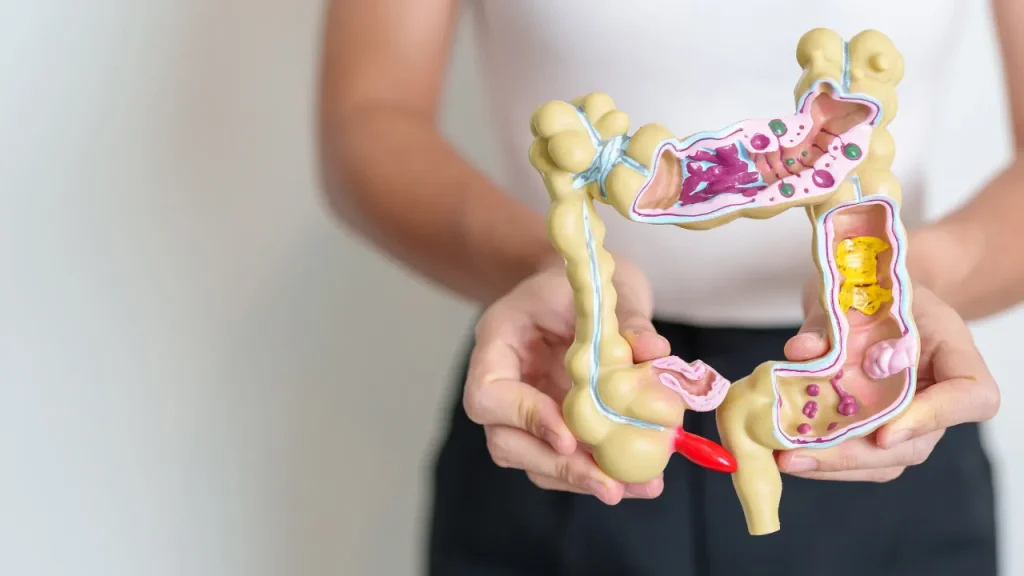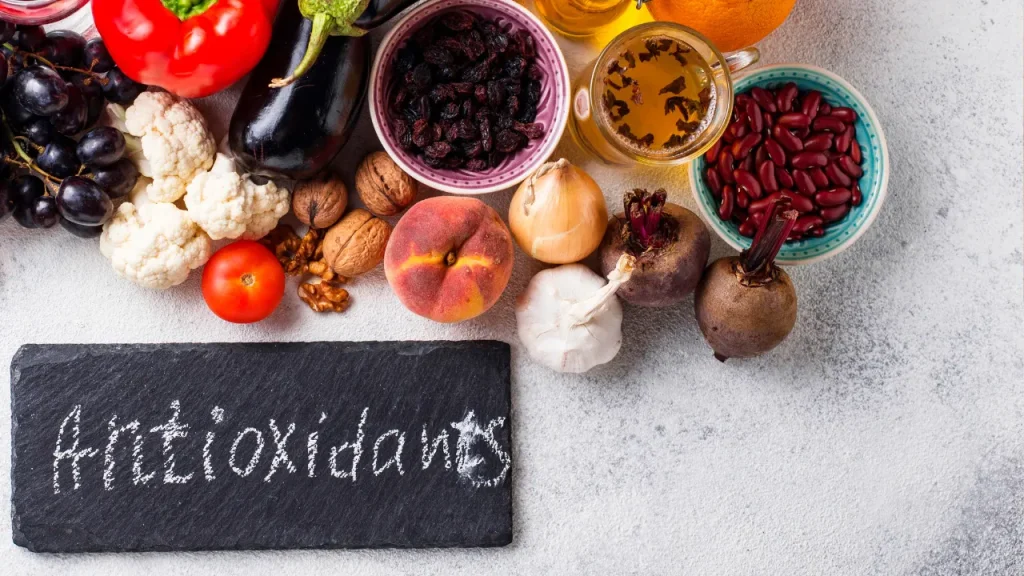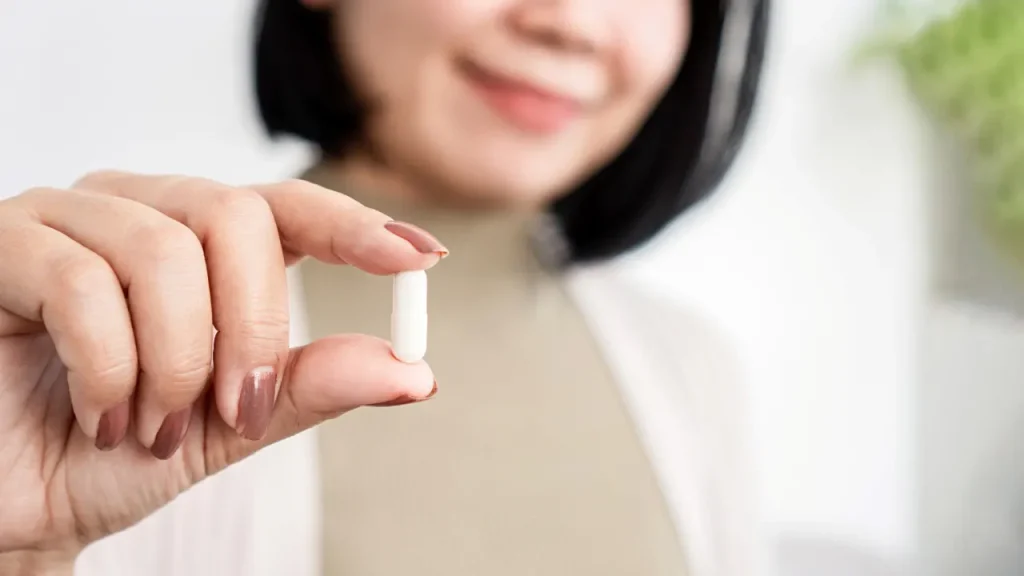The perennial aquatic plant known as bogbean (Menyanthes trifoliata), often referred to as buckbean or marsh trefoil, is indigenous to temperate parts of North America, Europe, and Asia. The plant flourishes in areas with shallow water, such as fens, marshes, and the margins of lakes and ponds. Since ancient times, bogbean has been employed in folk medicine, and the presence of numerous bioactive chemicals is thought to be the cause of its therapeutic effects.
The nature, health advantages, recommended dosage, negative effects, possible drug interactions, and safe use of bogbean as a nutritional supplement will all be covered in this article. The article will also look at the chemical composition of the plant and its physiological effects on the body and brain.
You May Also Like:
Keep Your Brain Young With the 5 Most Powerful Nootropic Supplements
Finding the Best Supplements for Brain Fog After COVID: 5 Top Brands Reviewed
Bogbean: Benefits, Dosage, Side Effects, Drug Interactions, and Other Important Information is an original (NootropicsPlanet) article.
Nature of Bogbean
The watery herbaceous plant known as bogbean (Menyanthes trifoliata) is a member of the Menyanthaceae family. Its trifoliate leaves and clusters of star-shaped white blooms serve as distinguishing features. With its roots buried in soggy, acidic, peaty soil, the plant often flourishes in shallow, slow-moving, or stagnant water. Numerous bioactive substances, such as triterpenoid saponins, flavonoids, and phenolic acids, are present in the plant’s leaves, stems, and rhizomes, which contribute to its therapeutic effects.
Health Benefits of Bogbean
1. Painkilling and anti-inflammatory properties
Triterpenoid saponins from bogbeans have been discovered to have analgesic and anti-inflammatory qualities which can help with pain relief and decrease inflammation in illnesses like gout, rheumatism, and arthritis. The saponins lessen inflammation and related pain by inhibiting the production of pro-inflammatory mediators like prostaglandins, leukotrienes, and cytokines.
2. Initial Digestive Health
Bogbean have been traditionally used as a bitter tonic to promote the release of digestive enzymes and enhance digestion. The plant’s saponins boost bile production, improving the digestion and absorption of fat. Additionally, the bogbean’s flavonoids and phenolic acids have spasmolytic properties that can help relax the smooth muscles of the digestive tract and lessen discomfort brought on by digestive problems including dyspepsia and irritable bowel syndrome.
3. Antioxidant Function
The flavonoids and phenolic acids found in bogbean have strong antioxidant qualities that can help shield cells from damage brought on by free radicals. These substances may decrease oxidative stress and lower the risk of chronic illnesses including cancer and cardiovascular disease by scavenging free radicals.
4. Effects of Diuretics
The traditional use of bogbean as a diuretic is utilized to increase urination and remove extra fluid from the body. Bogbean’s diuretic properties are mainly due to its triterpenoid saponins, which improve renal blood flow and raise the glomerular filtration rate. Diuretic action can aid in reducing fluid retention and hypertension symptoms.

Chemistry of Bogbean
As mentioned, bogbean contains flavonoids, phenolic acids, and triterpenoid saponins as its main bioactive components. The majority of the medicinal properties of the plant are brought on by the saponins, which are glycosides of triterpenoid aglycones. The triterpenoid saponins found in bogbean include monodesmosidic and bidesmosidic saponins.
Menyanthogenin A and B are examples of monodesmosidic saponins, which only have one sugar moiety, whereas Menyanthoside A and B are bidesmosidic saponins, which have two sugar moieties.
Bogbean flavonoids, such as quercetin, kaempferol, and their glycosides, have anti-inflammatory, antioxidant, and other beneficial health effects. The plant also has phenolic acids including caffeic, p-coumaric, and ferulic acid that support its medicinal and antioxidant properties.
Physiological Mechanisms of Action of Bogbean
The medicinal effects of bogbean’s bioactive components are mediated by a number of physiological pathways, as follows:
- Inhibition of Inflammatory Mediators: Prostaglandins, leukotrienes, and cytokines, among other pro-inflammatory mediators, are inhibited by bogbean’s triterpenoid saponins. Through this, bogbean reduces inflammation and eases pain.
- Stimulation of Digestive Secretions: The bitter components in bogbean, in particular its saponins, increase the production of digestive secretions, including bile, pancreatic enzymes, and gastric acid. Hence, nutrients are easier to break down and absorb, which benefits overall digestive health.
- Antioxidant Activity: Flavonoids and phenolic acids found in bogbeans have strong anti-oxidant abilities that scavenge free radicals and stop oxidative damage to cellular components. These substances lessen the risk of acquiring chronic diseases linked to oxidative damage by neutralizing free radicals.
- Spasmolytic Effects: By preventing muscle fiber contraction, the flavonoids and phenolic acids in bogbean can aid in relaxing the smooth muscles of the gastrointestinal tract. The discomfort and agony brought on by gastrointestinal conditions including dyspepsia and irritable bowel syndrome can be reduced by this spasmolytic action.
- Diuretic Action: The triterpenoid saponins found in bogbeans improve renal blood flow and boost the glomerular filtration rate, which helps the body expel extra water and salts. This diuretic effect can aid in reducing fluid retention and hypertension symptoms.

Optimal Dosage of Bogbean
Depending on your needs and circumstances, such as your age, body weight, and health status, as well as the desired therapeutic effects, the ideal dosage of bogbean as a dietary supplement may change. It is advised to follow the manufacturer’s directions on the supplement label or speak with a healthcare practitioner before beginning any new supplement regimen because there is little scientific research on the right dosages for bogbean.
Side Effects of Bogbean
When used properly and in accordance with the advised dosages, bogbean is usually regarded as safe. However, some people could encounter negative side effects, especially if they are sensitive to the plant or its bioactive ingredients. GI distress, such as nausea, [“diarrhea”], and stomach cramps, may be a common side effect. It rarely occurs but certain people may develop allergic responses such as skin rashes, itching, or breathing problems.

Potential Substance Interactions with Bogbean
- Diuretics: Due to the diuretic properties of bogbean, it is possible for it to interact with other diuretics, including furosemide, hydrochlorothiazide, and spironolactone. Bogbean consumption combined with the use of diuretics may raise the risk of electrolyte imbalances and dehydration. Before using bogbean with diuretic drugs, you must speak with a medical practitioner.
- Pain-relieving and Anti-inflammatory pharmaceuticals: The anti-inflammatory and analgesic effects of bogbean may interact with other pharmaceuticals used for related conditions, such as nonsteroidal anti-inflammatory drugs (NSAIDs) or opioids. Combining bogbean with these drugs may increase their therapeutic effectiveness while raising the risk of side effects. Before combining bogbean with painkillers or anti-inflammatory drugs, it is best to consult your doctor.
- Anticoagulant and Anti-platelet Drugs: Although little is known about the interactions between bogbean, anticoagulant, and antiplatelet drugs, some study suggests that the flavonoids in the plant may have anticoagulant and antiplatelet qualities. Bogbean use alongside drugs like aspirin, heparin, or warfarin may raise the risk of bleeding.
Responsible Usage of Bogbean
The following recommendations are to be taken into account when using bogbean as a nutritional supplement to ensure safety and efficacy:
- Before beginning a new supplement regimen, speak with a medical expert, especially if you have any pre-existing problems, are on medication, are pregnant, or are nursing a baby.
- Comply with the directions and suggested dosage listed on the supplement’s label.
- Keep an eye out for any negative effects that might occur and stop using the medication immediately.
- Use caution while combining bogbean with other medications, especially those that have been previously mentioned in this article and may interfere.
Bogbean:
Conclusion
Bogbean is derived from a type of perennial aquatic plant that contains tons of bioactive chemicals that serve as health-benefiting components. Bogbean’s health benefits include its anti-inflammatory and painkilling properties that are derived from triterpenoid saponins found in it. It can also help to remove extra fluid from the body due to its diuretic properties.
However, as with any supplement, you must approach the bogbean supplement with a thoughtful and informed mindset. Comprehensive scientific research is essential to establish the bogbean’s efficacy, safety, and optimal dosage for human consumption. You should seek out professional advice from healthcare experts to ensure a responsible and personalized approach to incorporating this supplement into your routine.

References:
- Potential Anti-Inflammatory Effects of Legumes: A Review. Retrieved from: https://pubmed.ncbi.nlm.nih.gov/35042569/
- Antioxidant Activity and Profile of Phenolic Compounds in Selected Herbal Plants. Retrieved from:https://pubmed.ncbi.nlm.nih.gov/35780286/
- An Evaluation of the DNA-Protective Effects of Extracts from Menyanthes Trifoliata L. Plants Derived from In Vitro Culture Associated with Redox Balance and Other Biological Activities. Retrieved from:https://www.ncbi.nlm.nih.gov/pmc/articles/PMC6816005/
Important Note: The information contained in this article is for general informational purposes only, and should not be construed as health or medical advice, nor is it intended to diagnose, prevent, treat, or cure any disease or health condition. Before embarking on any diet, fitness regimen, or program of nutritional supplementation, it is advisable to consult your healthcare professional in order to determine its safety and probable efficacy in terms of your individual state of health.
Regarding Nutritional Supplements Or Other Non-Prescription Health Products: If any nutritional supplements or other non-prescription health products are mentioned in the foregoing article, any claims or statements made about them have not been evaluated by the U.S. Food and Drug Administration, and such nutritional supplements or other health products are not intended to diagnose, treat, cure, or prevent any disease.


